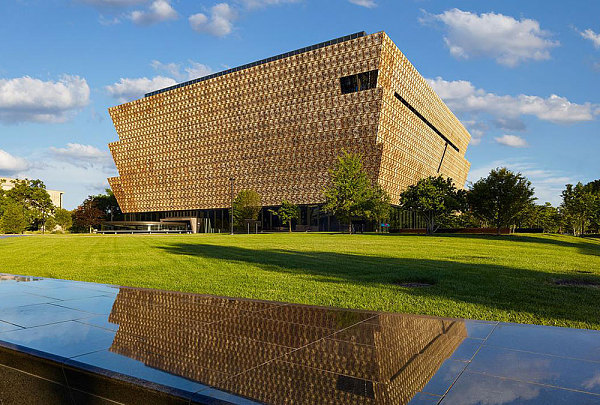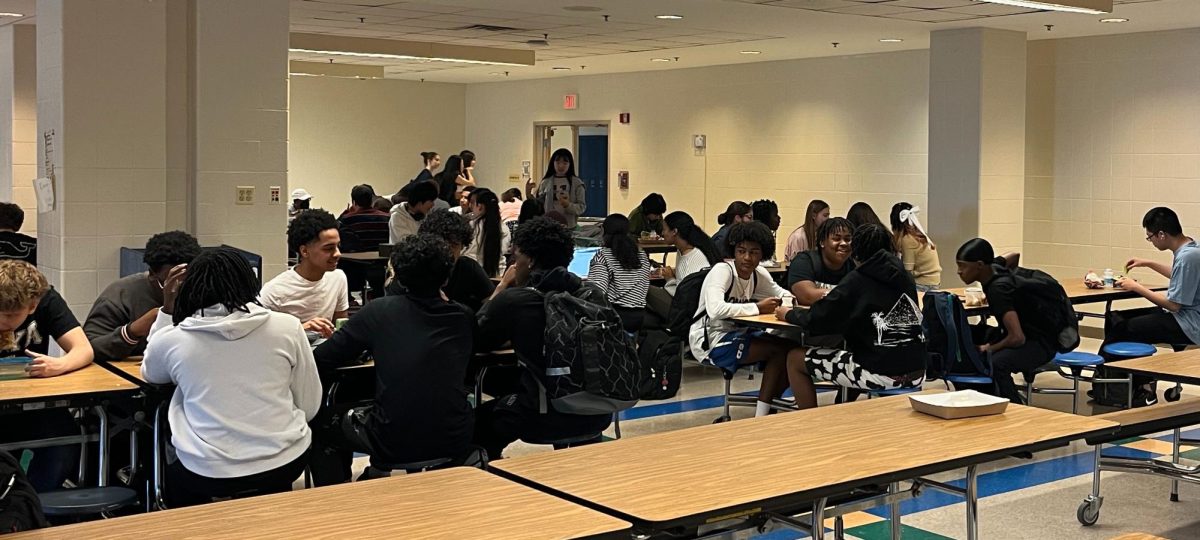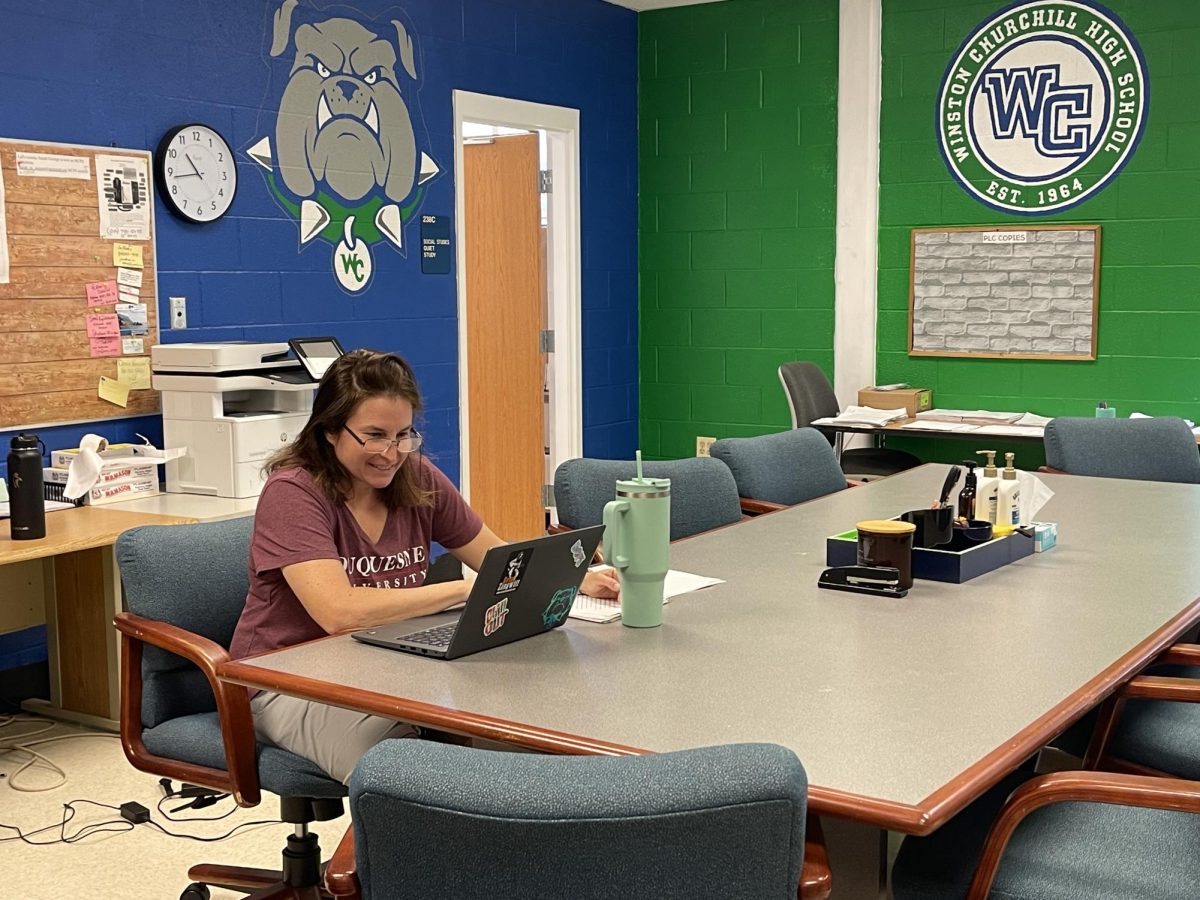While students celebrated the holiday season and geared up for a return to school, Montgomery County was still exercising full caution regarding the day-to-day security situation across the county. Facing everything from small-scale celebratory gatherings to a presidential inauguration, the county was keen to avoid the tragedies brought by recent terrorist attacks in New Orleans, and Magdeburg, Germany.
A large contributor to both incidents is the online radicalization or the adoption of extremist views on political, social and religious ideas. Online radicalization can be spread through social media and often leads to violence. This creates risks in a technological landscape that is increasingly focusing on undoing content regulation, as seen by Elon Musk’s ownership of X (formerly Twitter) and Meta’s more recent decision to undo stringent fact-checking policies. As online radicalization has been the main contributor to youth violence in Montgomery County, Assistant Chief of Montgomery County Police Field Services David McBain works on many local-level safety challenges, such as planned gang activity and shooting threats that regularly appear on mainstream online platforms.
“We designate certain officers and executives to have different functions for an event,” McBain said. “We have a social media unit, that is just constantly, every day, monitoring open-source information that’s on the internet. On Facebook and Instagram, [security risks] are all over the place on social media.”
The sheer prevalence of threatening online content makes monitoring all objectionable content logistically impossible, and legally dubious. Many social media posts boil down to empty threats and online troll farms, meaning that while prosecution is still possible, focusing on more credible threats is prioritized. This causes the requirements and abilities of the police to expand to fit all the new problems as radicalization and social media keep growing.
“We just try to decide whether [something] is a viable threat, or can cause any issues,” McBain said. “But if we receive a bomb threat through social media or to a school phone number, then we begin a legal process of tracking down perpetrators, via search warrants, subpoenas and things like that.”
Schools, alongside religious institutions and public gatherings, are often at the highest risk for criminal activity. The Incident Command System (ICS) sets the expectation for police operation factors in crucial data involving crowd sizes and event complexity for public gatherings. Educational institutions, on the other hand, are more difficult to secure. While Montgomery County has vehemently opposed embedding police in schools, WCHS Security Team Leader Terry Bell says that school security has a strong working relationship with county police. This includes Community Engagement Officers (CEOs) who are the only police officers allowed in the school who coordinate with school security officers.
“We have an ongoing relationship with the Montgomery Police Department that addresses security issues based on a Memorandum of Understanding,” Bell said. “There are certain designated serious incidents that require immediate, mandatory police involvement and notification, and there are requirements that need to be addressed when dealing with those incidents.”
According to MCPS’s Memorandum of Understanding, most security is handled by the actual security guards while the CEOs are only there for community engagement. They may be asked to participate in school-based events such as assemblies, career days and other student/staff events. by staying in contact with members of their agency’s gang units to stay informed, coordinate interventions and support gang investigations. Despite their strong relationship, school security personnel are neither trained by any part of the Montgomery County Police Department. Instead, the county assigns security guards from the Department of Safety and Security to different schools based on mandated policies.
“Typically, a high school security team will consist of one Security Team Leader and four Security Assistants as in protocol with the Department of Safety and Security policies,” Bell said. “There are two Security Assistants assigned to a middle school. Still, no security personnel are assigned to elementary schools other than designated security that is responsible for a cluster of elementary schools.”
Since having trusted adults for students to talk to can act as a haven for students against online radicalization, WCHS has its own safe space for students to hang out during lunch periods. Bridge to Wellness is a school-based protected space organized by youth development specialist Dominic Elliott. It includes bean bags, vinyl DVD players and a gaming set up for students to unwind. It also functions as a preventative measure against isolation and works to make students feel like they are supported.
“Students should be aware of the many trusted adults they can speak with any time during school,” Elliott said. “WCHS has counselors, administrators, teachers, a school social worker, a mental health therapist, a psychologist, a mentor and security who are more than happy to help students in need or even when they just need someone to listen to them. Having mental health resources within schools is essential because it is effective at keeping schools safe through preventative action.”
Outreach and awareness are incredibly important to create a sense of emotional safety at schools. Measures like Bridge for Wellness help create a culture where students can feel like they have someone trustworthy to talk to and can be a place of refuge or a stepping stone to the outside world.
“A proactive approach would be an outreach to students who need help as well as creating opportunities for students to make friends outside of sports teams and clubs,” Elliott said. “Safe spaces are great, but sometimes students can become dependent on going to them, even for minor issues, and other students may take advantage of them to avoid class. The idea is to encourage students not to rely on safe spaces but to become more well-adjusted and resilient.”










